Imagine living in a city that became a prison; a city with no escape where you fear for your life every second of every day. Imagine that hundreds of shells from machine gun fire raining down as rockets lit up the sky was part of normal daily life. That snipers were just waiting for you to step outside as you got in line for a ration of bread and water. That all resources including electricity, food, and water had been cut off from the city you called home. That you helplessly watched friends, family, even children senselessly murdered in massacres. No need to imagine; just visit Sarajevo and its residents will regale you with tales of the siege of Sarajevo.
The siege of Sarajevo, which lasted from April 1992 until February 1996, was the longest siege of a capital city in modern warfare. Sarajevo is certainly the only place we have visited where such a war was so recent and still so apparent.
As we walked amongst the Sarajevo’s main pedestrian street, Ferhadija, a Sarajevo Rose caught our eye. Sarajevo Roses are where mortar shells caused scars in the concrete, the shrapnel splashing out in an almost floral pattern from the point of impact. The gouges were filled in with red resin to commemorate the spots where one or more lives were lost in these mortar explosions.
Every where we looked as we strolled along the streets of Sarajevo we were faced with the city’s battle wounds. Bullet riddled buildings brought to life the horror from pictures we saw at the small Siege Museum at Sarajevo Insider. Other buildings are patched with bricks where bombs blasted rooms out. And others still damaged beyond repair and left as reminders of the terror Sarajevo’s citizens endured for nearly four years.

We visited just a few days after the anniversary of the second Markale Massacre and the memorial was decorated with hundreds of flower arrangements. The Markale is the marketplace located right in the heart of historic Sarajevo. The first happened on February 5, 1994 in which 68 people were killed and 144 more were wounded. The second occurred on August 28, 1995 when five mortar shells killed 37 people and wounded another 90.
We had dinner at the Sarajevska Pivara, Sarajevo’s brewery established in 1864. The brewery played an important role during the siege as it was one of the few reliable sources for citizens to get drinking water when all resources were cut off from the city.
We visited the iconic Holiday Inn on the outskirts of the old city; it was the only functioning hotel during the siege. Not only did most journalists reporting live during the siege all gather and stay here, snipers also fired from and killed two women peacefully protesting in front of the hotel.
Sarajevo’s salvation was a tunnel constructed to transport food and supplies into the city from Bosnian held neutral territory on the other side of the Sarajevo Airport.
I was just young enough to not remember much about the siege and while I knew Bosnia had a tumultuous past, I suppose I didn’t realize just how horrific it had really been. No where else in our travels has quite affected me in the same way.
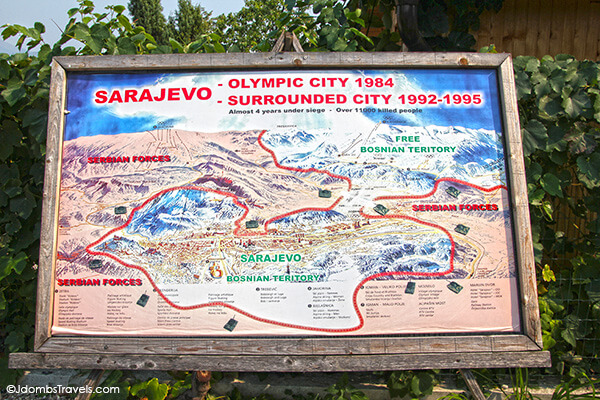

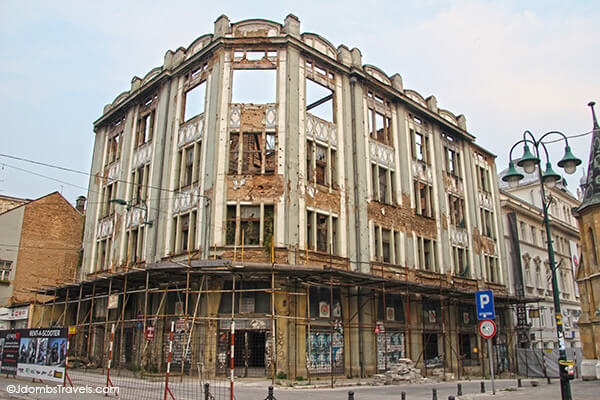
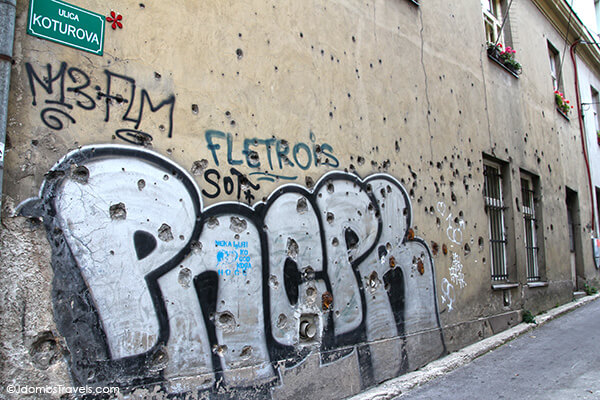

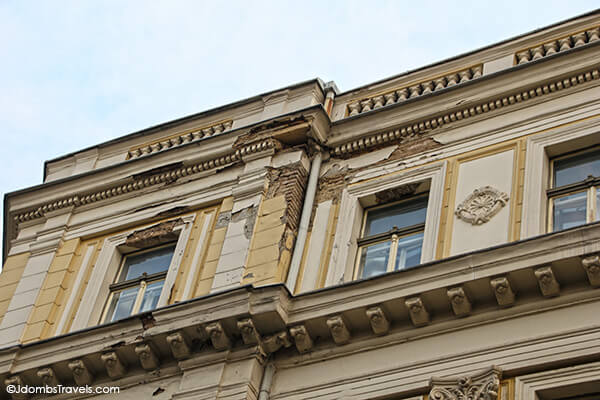

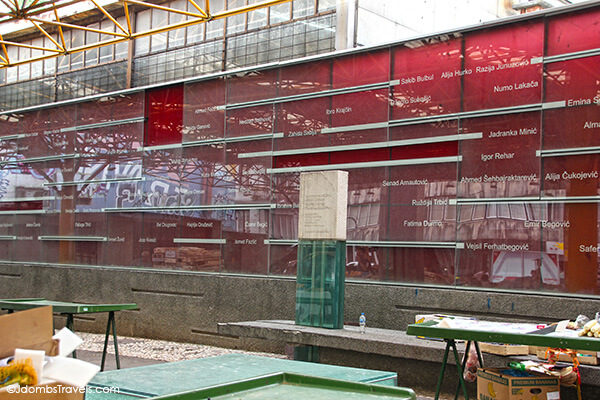
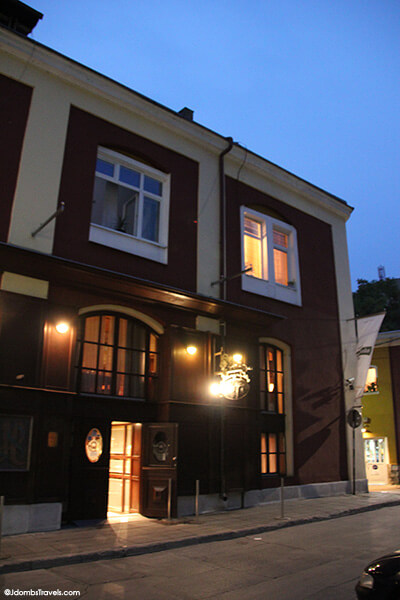
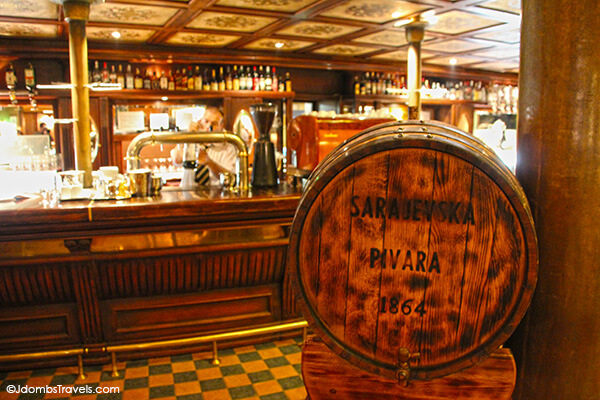

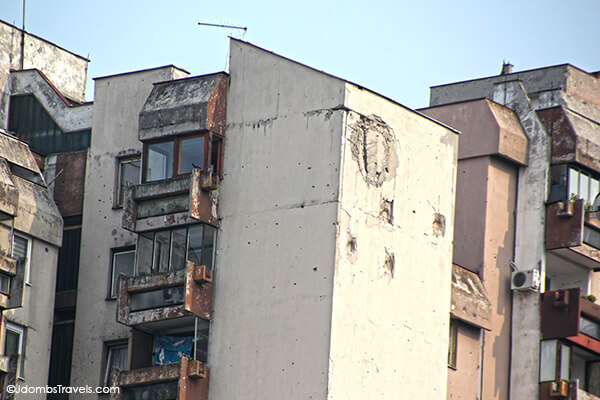
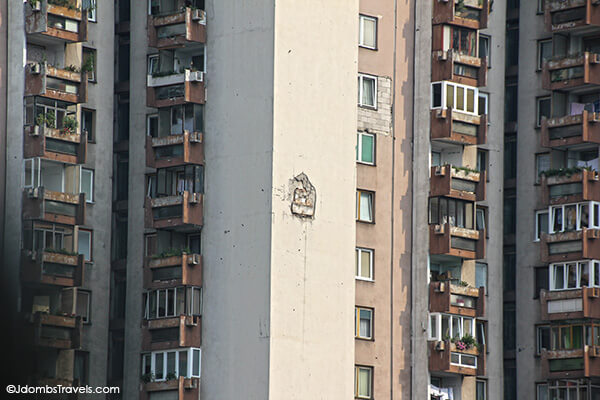
Ali says
I’m with you, just young enough that I didn’t really understand what was going on. I certainly remember bits and pieces of the war, but I had no idea the city was under siege for almost 4 years. Places like that do have a bigger impact when it happened so recently, especially during our lifetime.
fotoeins | Henry says
I remember watching the 1984 Olympic Winter Games in Sarajevo. The subsequent news coverage of the Balkan conflict years later and watching the city and country destroyed was horrible.
An enduring travel memory was visiting Berlin for the first time in 2002. With many historical buildings on the Museumsinsel (Museum Island), I remembered seeing bullet holes. To some extent, it wasn’t surprising as Museumsinsel was on the East Berlin side, and restoration of buildings wasn’t very high on East Germany’s list of things to do. Still, seeing holes resulting from strafing bullets in World War II caused me to stop in my tracks, reach out with my hands, and feel the surface of the building.
Bethany ~ twoOregonians says
How surreal to have visited and walked the streets. Thanks for sharing about your experience. I had heard of the conflicts but didn’t know much of the history until a few years back when I helped host a visiting Bosnian professor who came to share about reconciliation garden projects in the city. Really jarring to realize how much death and struggle crippled the city, and how much strife was still in existence between people groups. But it was also inspiring to hear about this professor’s work, and to know that something as simple as inter-cultural community gardens were helping heal such deep wounds.
Ashleen Moreen says
We can really see that the chaos still marked in those walls and it’s obviously still fresh in the minds of the citizens there!
Larry says
Interesting bit of history. I know a number of US soldiers that were sent to this conflict. the brass and copper art from shell casings is very interesting.
Jennifer Dombrowski says
It really was interesting! Sarajevo is one of my favorite places we’ve been lately. I actually didn’t expect to like it from things we’d heard and that the city still hadn’t recovered. But it was really different from most other cities we visit in Europe and I got really interested in learning about the war.
Lainie Liberti says
Wow, your images tell a story, greater than any words can. I can’t imaging how powerful it is, just standing in front of the bullet holes. I remember the history vividly. During the war, I had a boyfriend from Yugoslavia. During that time he was stuck in the States without a country. We both watched the news closely and could not believe what was happening. His family was from Macedonia but the entire country was ravished. I think reminders like this should not be covered. Thank you for this post and your images.
Jennifer Dombrowski says
Thanks for your comment, Lainie! I know WWI and WWII did massive damage, but it is a lot harder to see that when we travel around Europe. I think that because the siege was recent enough for me to remember, it was just that much more impactful on me.
Bob R says
I visited a little over a year ago for about a week and bits and pieces from that trip pop into my mind every day. Sarajevo used to be the most ethnically diverse city in the former Yugoslavia, home to many of the country’s best painters, musicians, artists of all stripes. The saddest legacy of the war is that that diversity is gone, quite likely forever.